
Dubai Real Estate: Thriving in a Changing Market Landscape
Dubai’s real estate sector is continuing its impressive growth, even as the market landscape undergoes

Dubai’s real estate sector is continuing its impressive growth, even as the market landscape undergoes
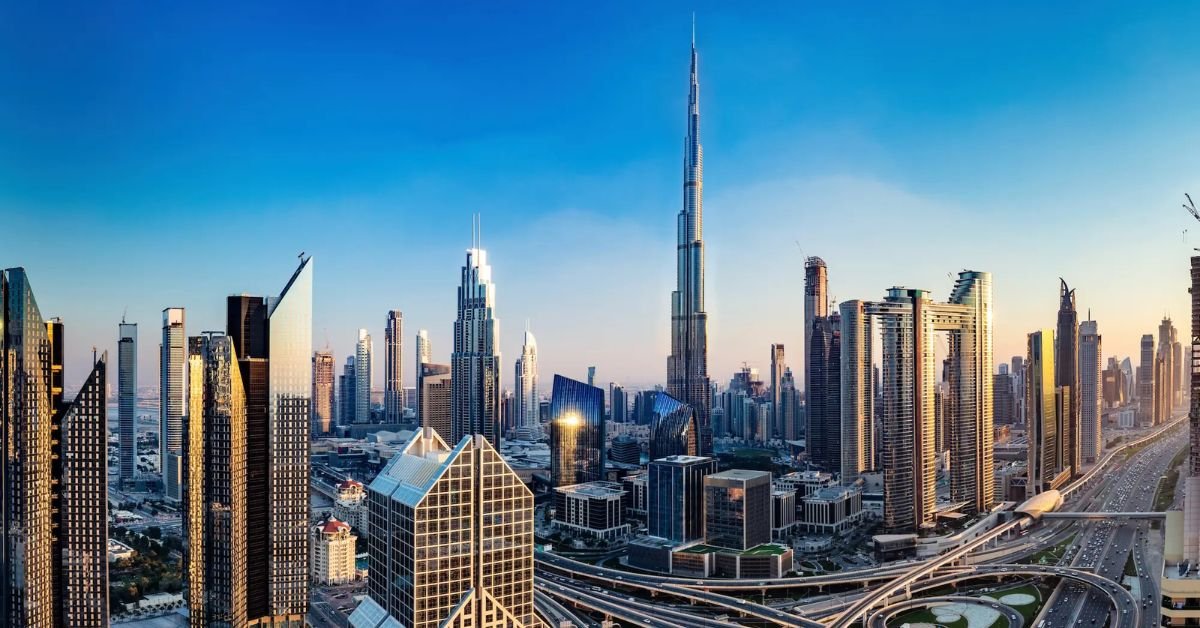
Japan’s Daito Trust, one of Asia’s largest and most influential real estate groups, has officially

Nigeria has unveiled an ambitious blueprint to transform its property sector into a world-class real
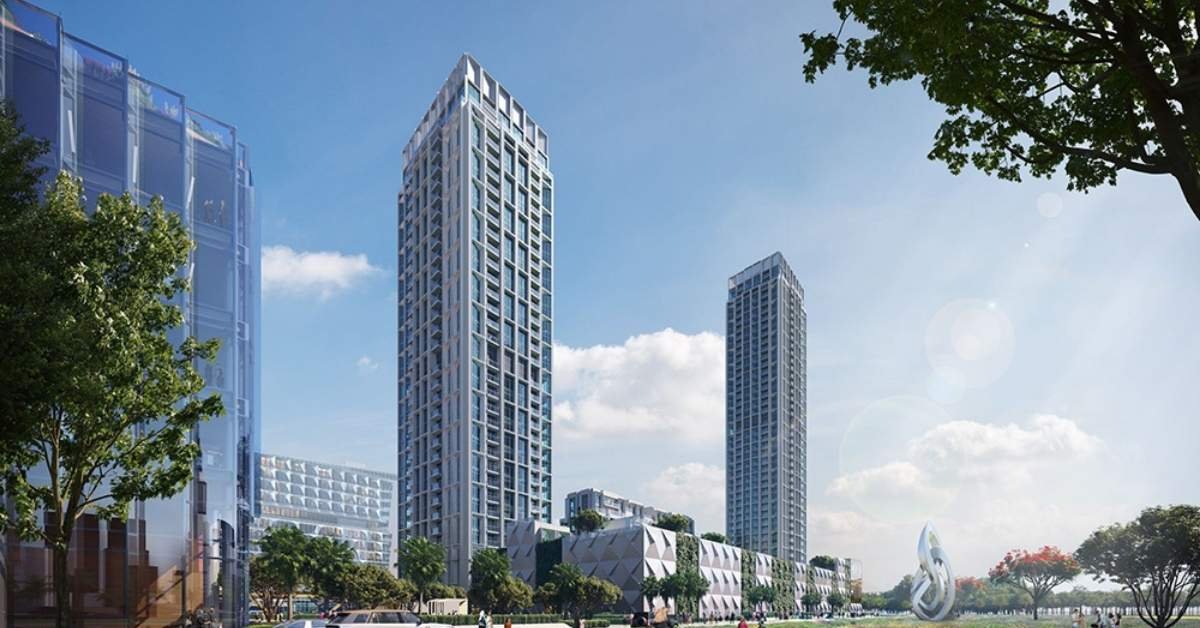
Dubai’s fast-growing creative economy is set for another significant boost as Meraas debuts a new
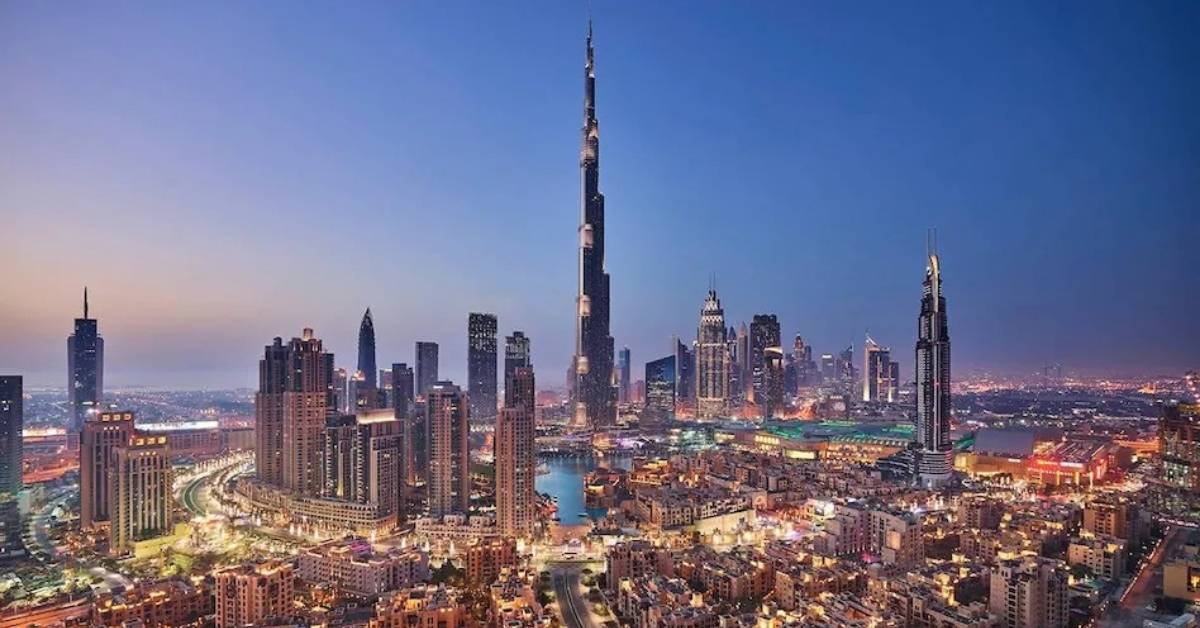
Dubai’s red-hot property sector continues to break records, with real estate transactions hitting $5.4 billion

Dubai has paid a grand tribute to Bollywood icon Shah Rukh Khan by naming a
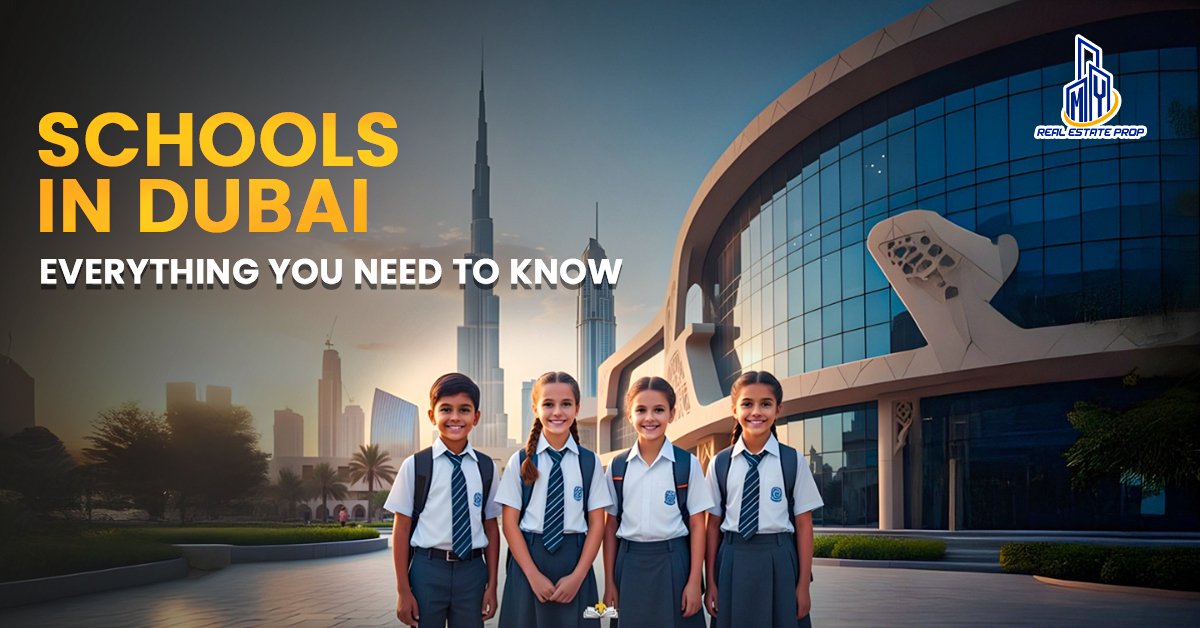
Dubai has quickly grown into one of the most advanced education hubs globally, offering a
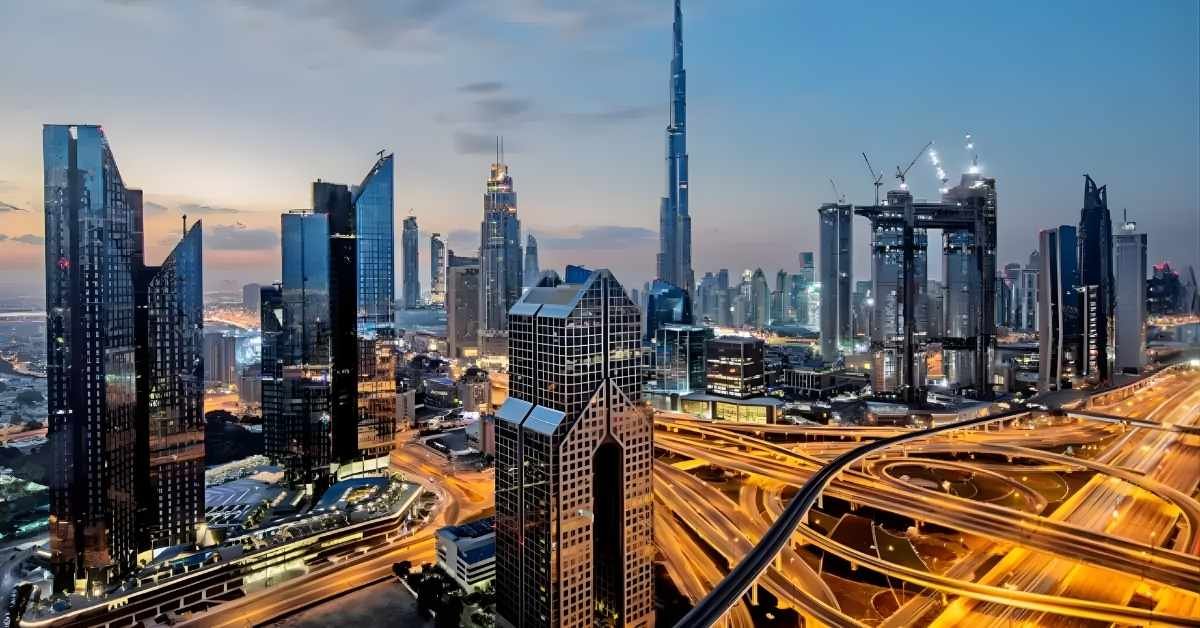
Japan’s leading property developer, Daito Trust, has officially entered Dubai’s rapidly growing real estate market,
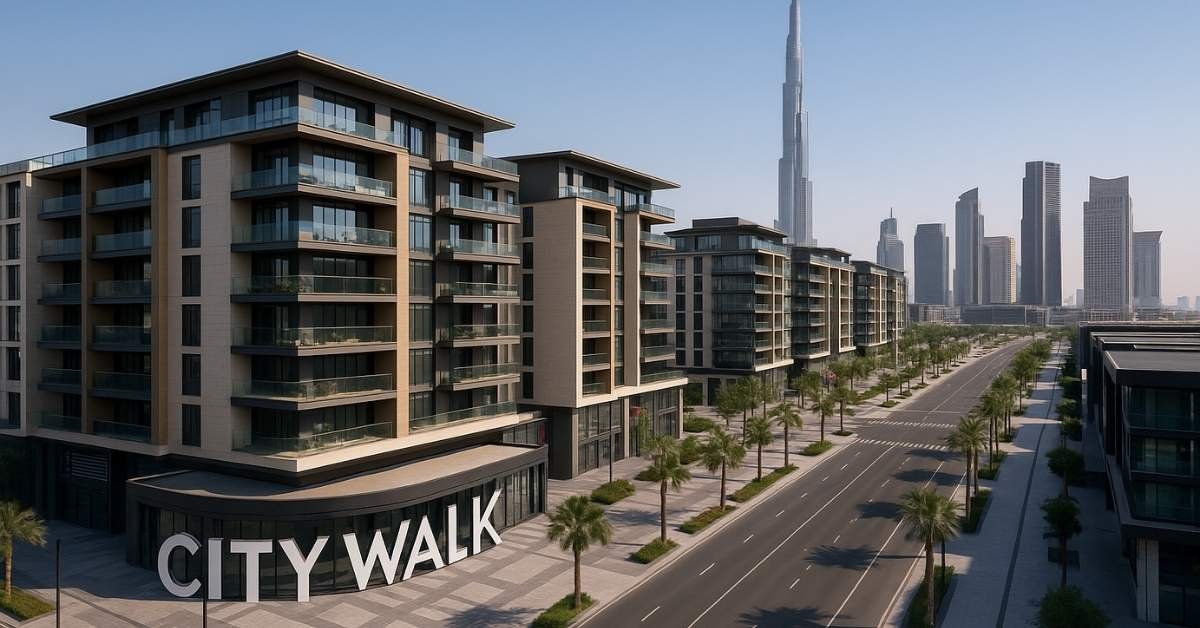
Meraas has officially approved its $120 million City Walk Northline Residential Project in Dubai, marking
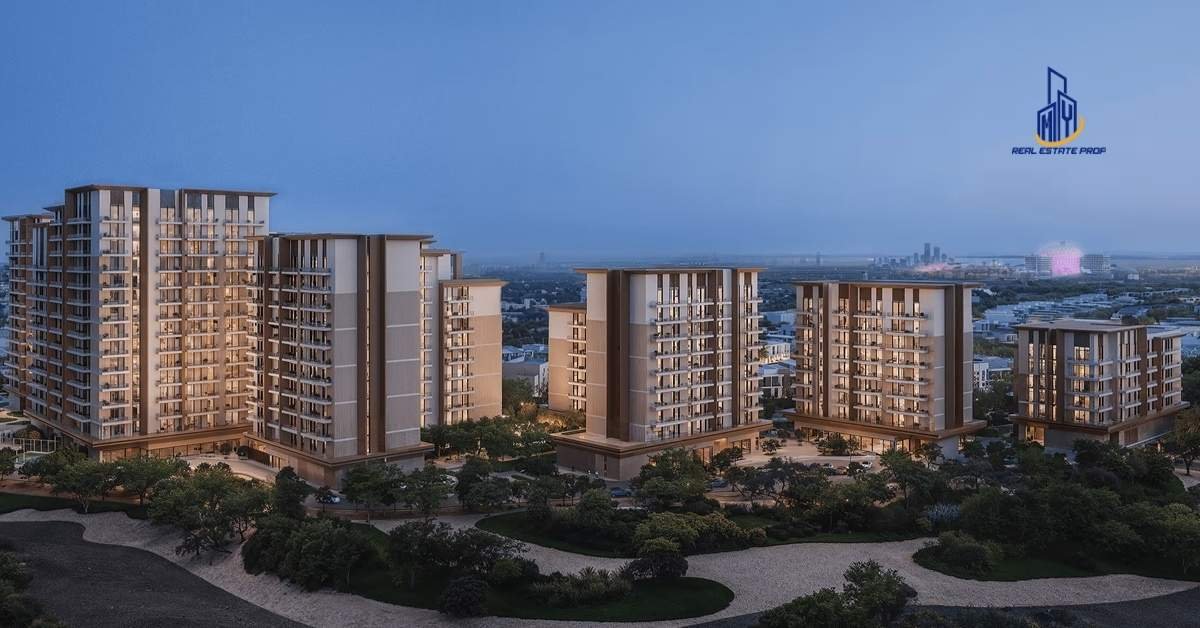
Expo City’s newest launch brings a nature-inspired, mountain-style living concept to Dubai’s fast-growing real estate
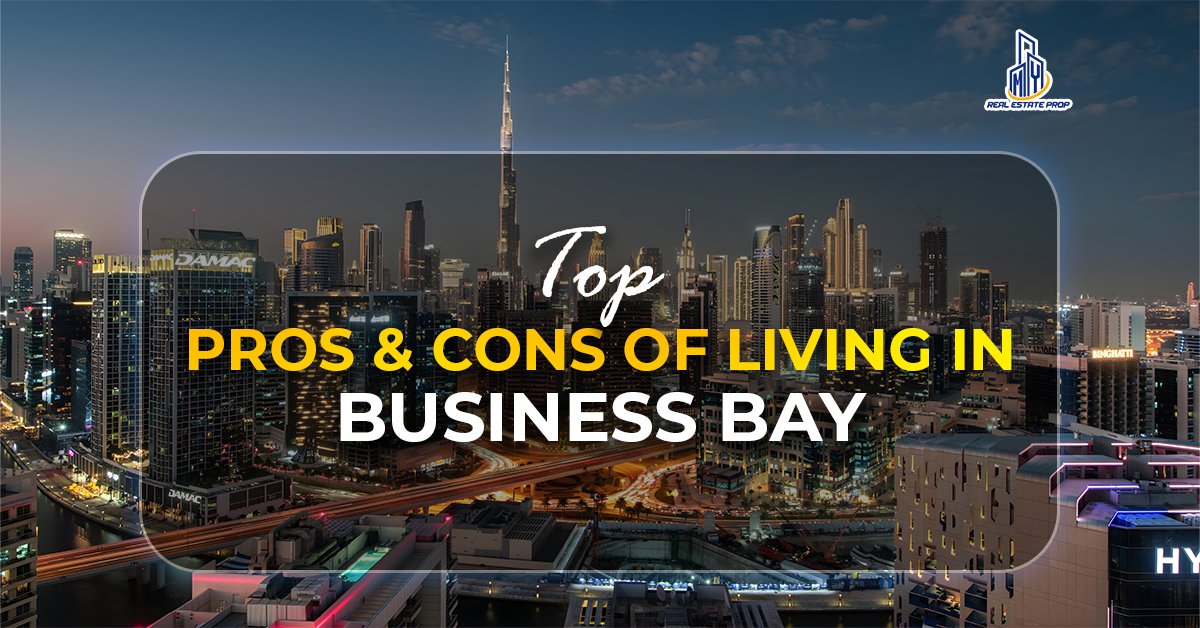
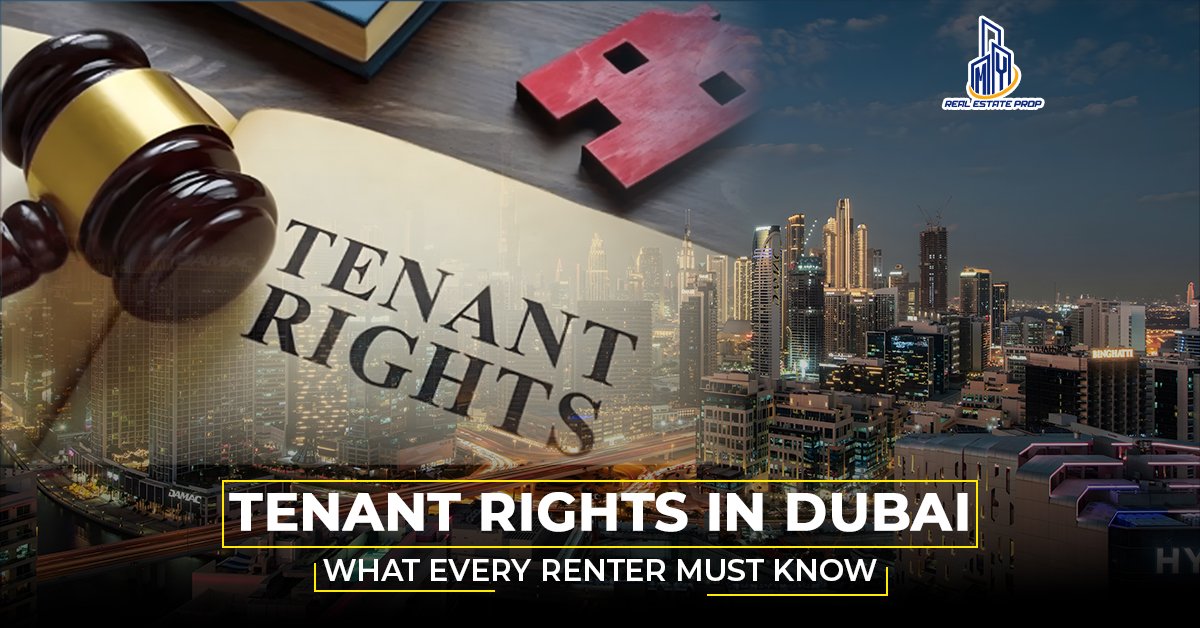
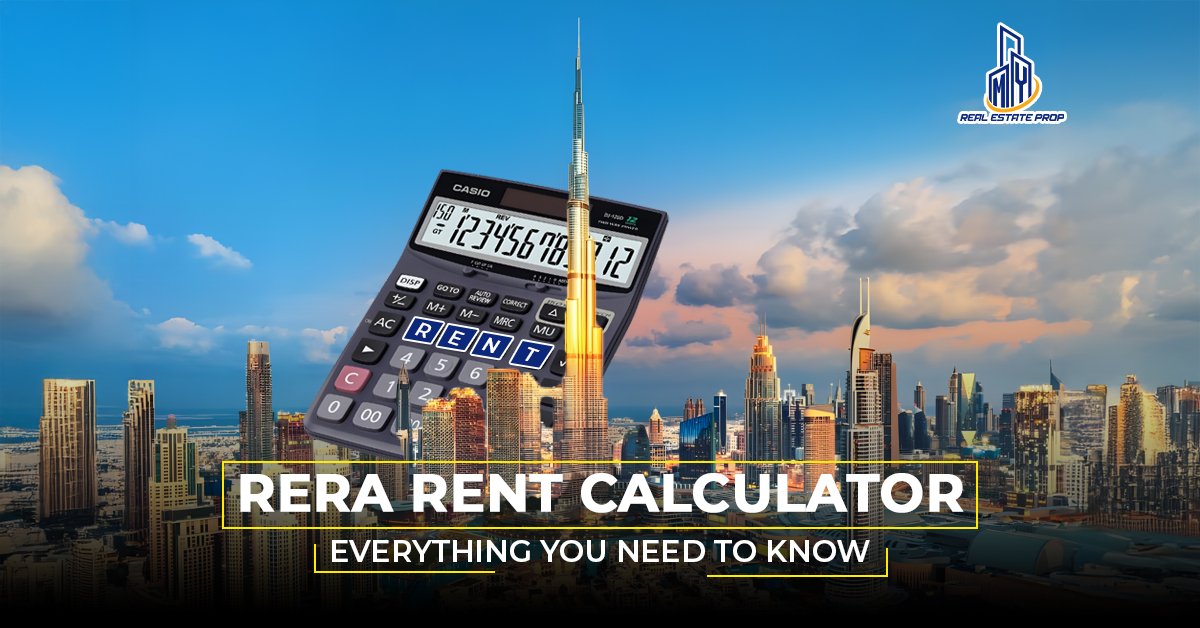
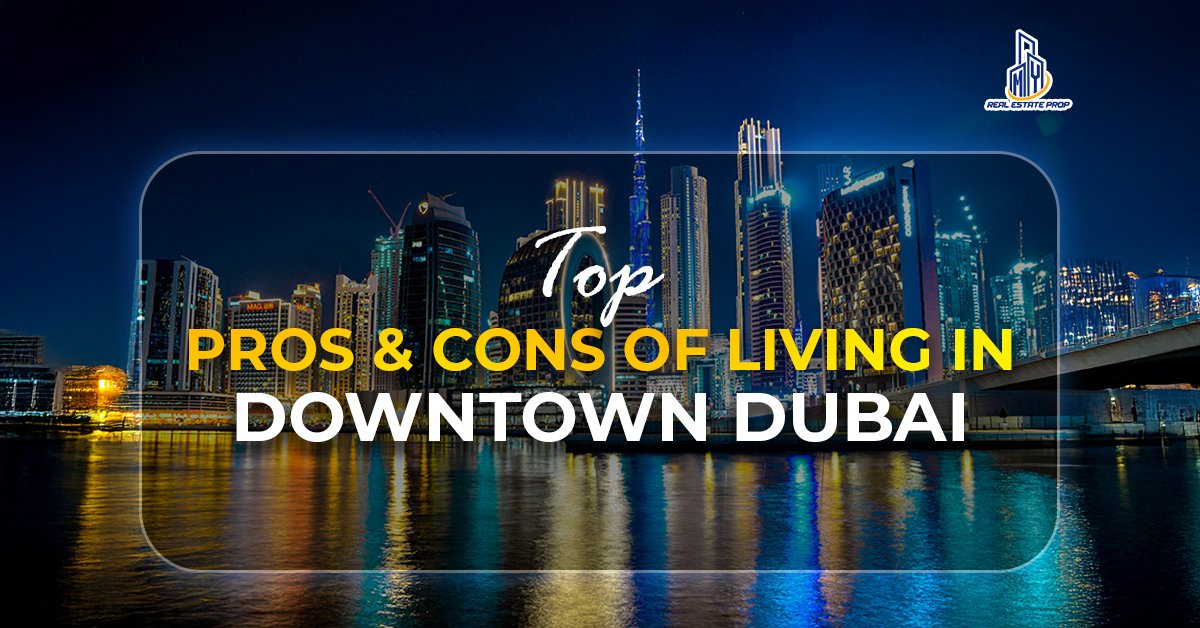
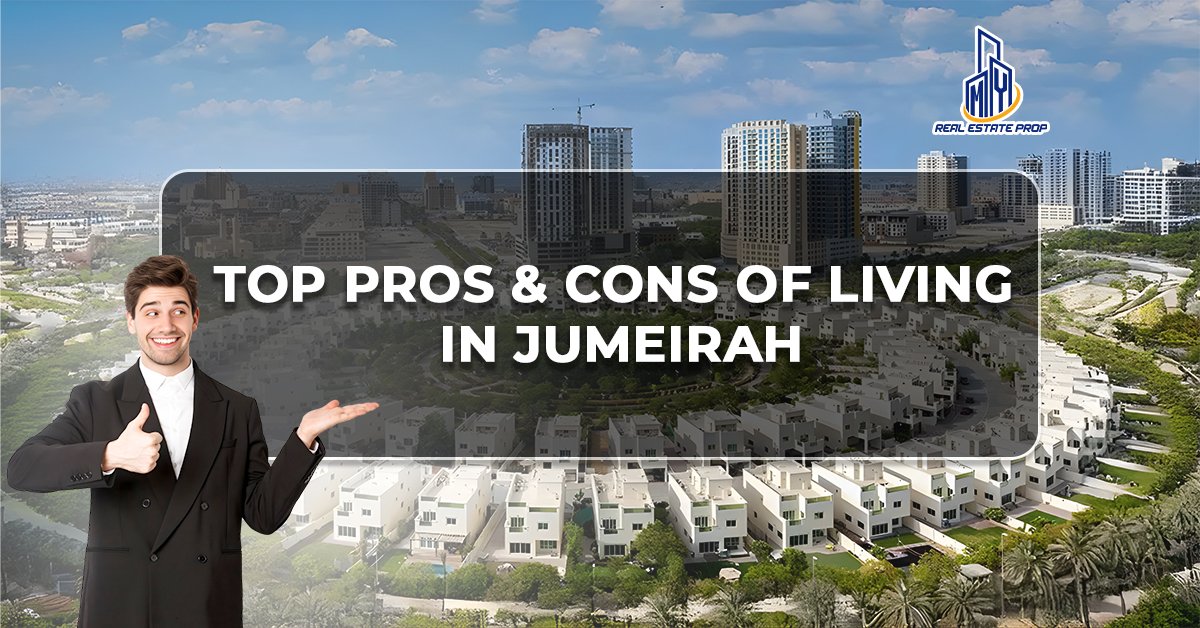


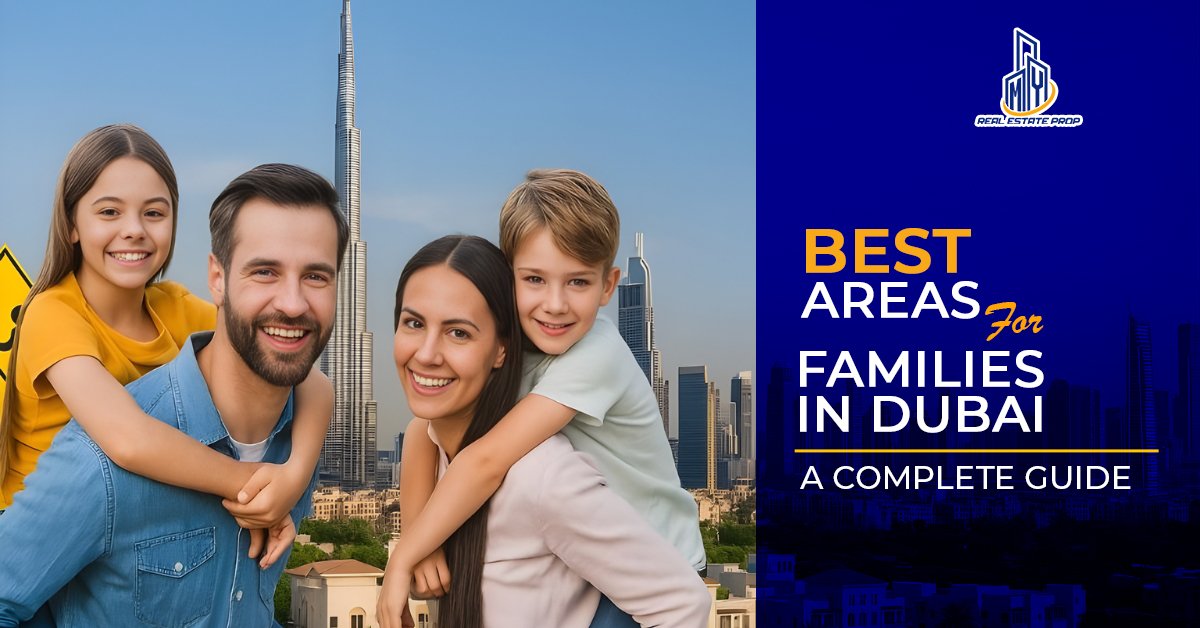
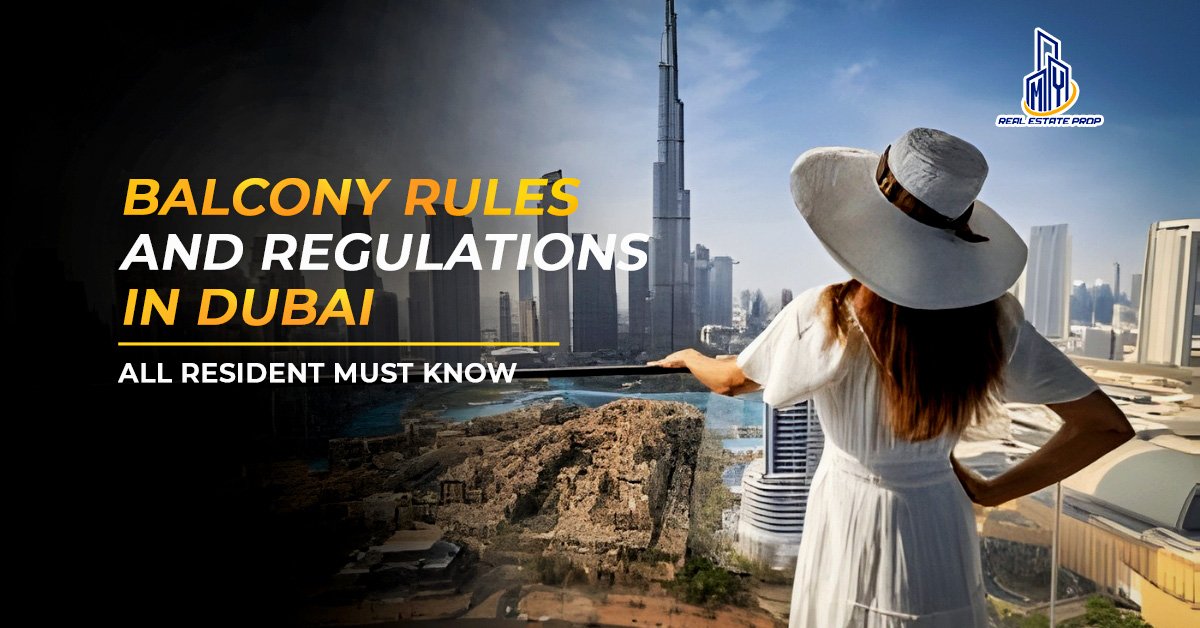
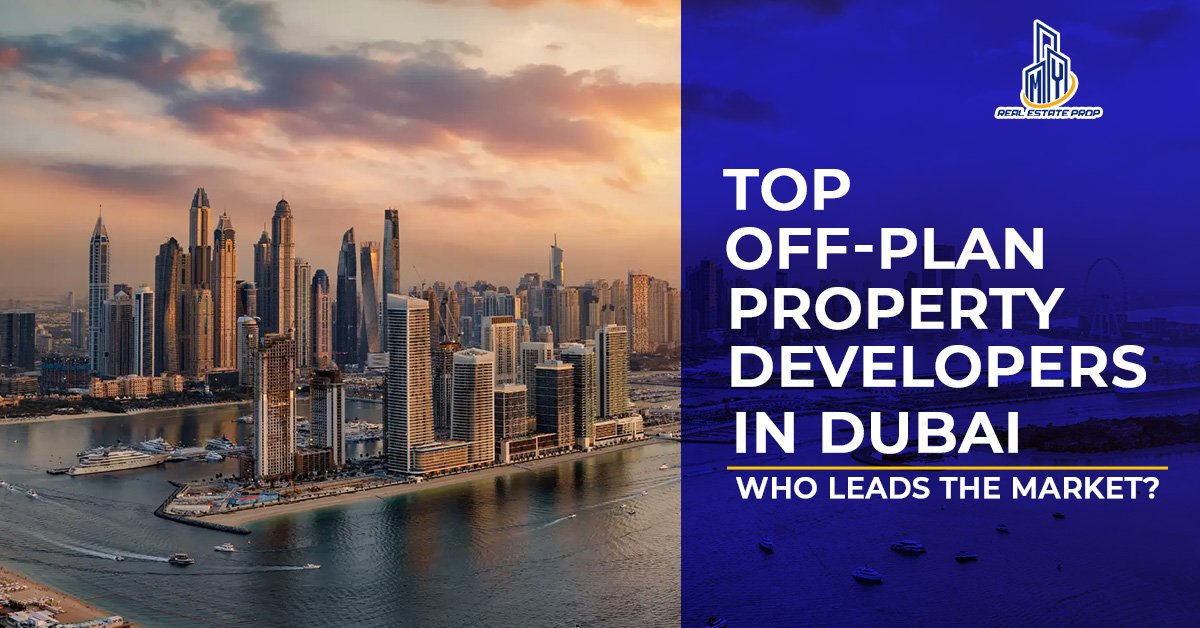
---Advertisement---





